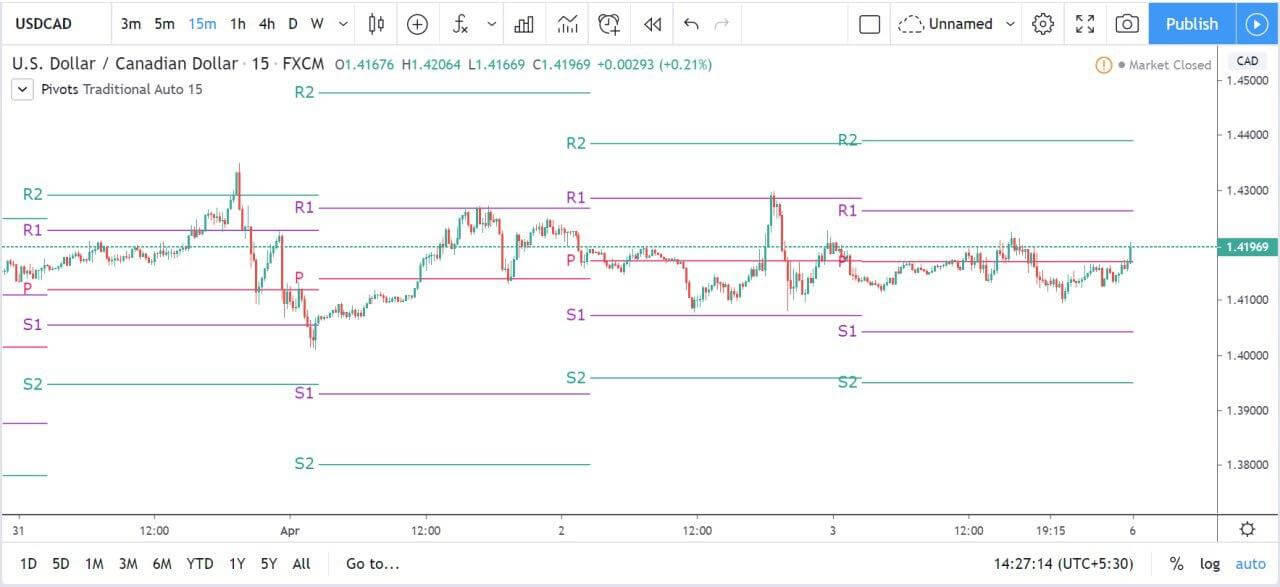Introduction
The U.S. Dollar Index is a measure of the value of the Dollar in respect to foreign currencies as measured by the respective exchange rates. More than half of the index value of the Dollar is measured against the Euro. The British Pound, the Japanese Yen, the Swedish Krona, the Canadian Dollar, and the Swiss Franc. It is a market on its own as well as an indicator of the U.S. dollar strength on a global level. Moreover, it can also be used as the technical analysis to determine trends of various markets.
How Is The US Dollar Index calculated?
Below is the formula to calculate USDX–
USDX = 50.14348112 × EUR/USD^(-0.576) × USD/JPY^(0.136) × GBP/USD^(-0.119) × USD/CAD^(0.091) × USD/SEK^(0.042) × USD/CHF^(0.036)
Each currency value is multiplied by its weights. When the U.S. dollar is the base currency, this comes at a positive figure. On the other hand, when the U.S. dollar is used as the quoted currency; then this would come as a negative value. Additionally, pounds and euros are only countries where the U.S. dollar is used as the base currency as they are quoted in respect of the Dollar.
How To Interpret the U.S. Dollar Index?
Similar to any currency pair, there is a dedicated chart of the U.S. Dollar Index (USDX). Additionally, the index is calculated five days a week and 24 hours a day. The U.S. Dollar Index measures the value relative to a 100.000 base.
If the index value stands at 120, this means that the U.S. dollar has witnessed 20% appreciations against other currencies in the basket. This simply implies that the U.S. dollar has strengthened in comparison to other currencies. On the other hand, if the index value shows at 70, this implies a depreciation of 30%
Final Thoughts
The U.S. Dollar Index enables traders to monitor the value of the U.S. dollar in comparison to six currencies within the bracket in a single transaction. Moreover, it also assists them to hedge the bets against risks associated with the Dollar. Investors can use this index to hedge the normal movement of currency or speculate.
[wp_quiz id=”97442″]


